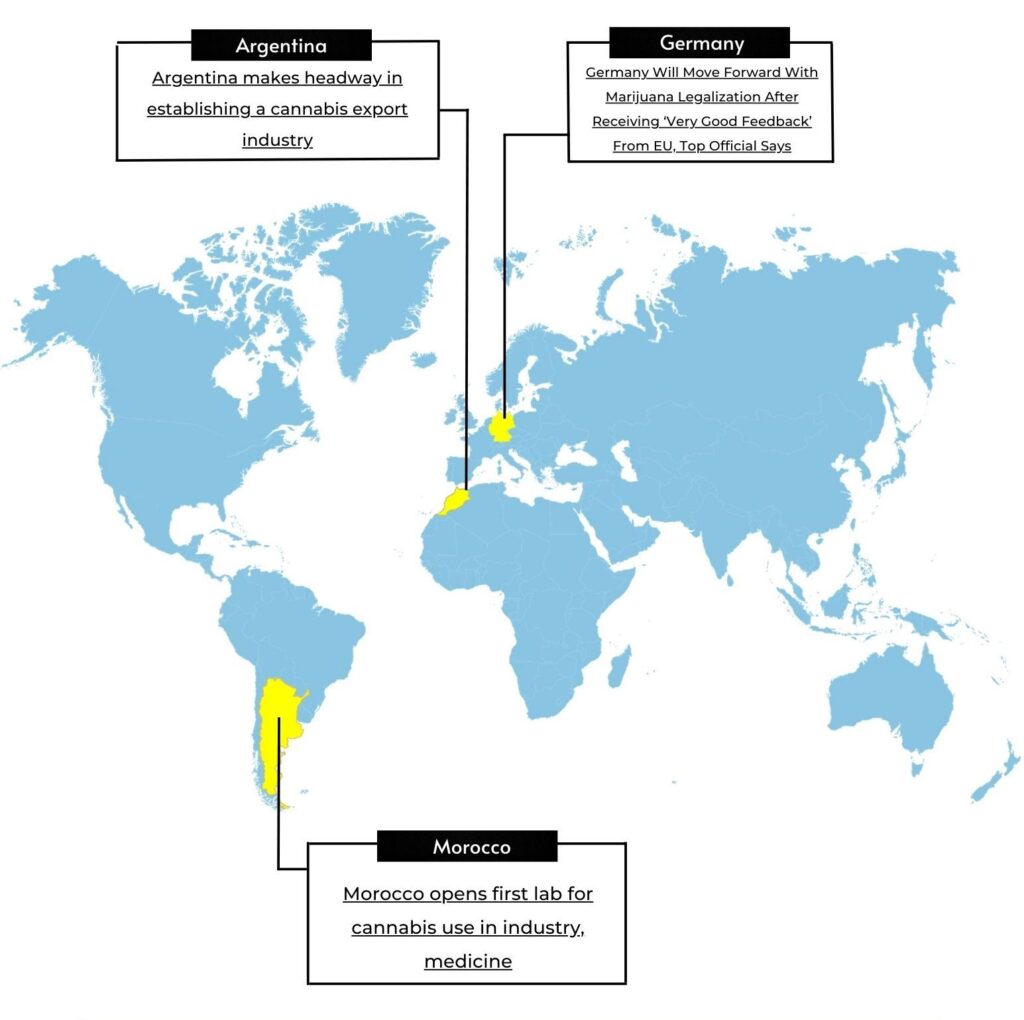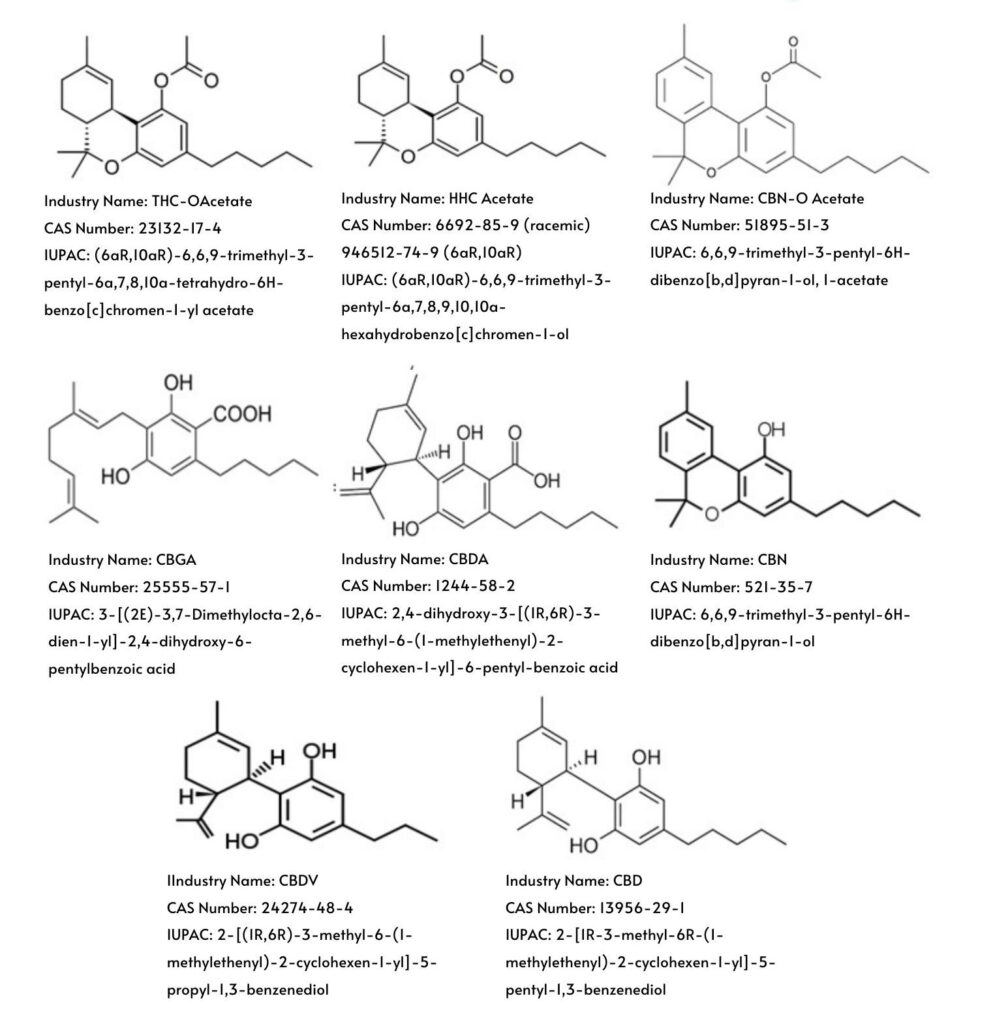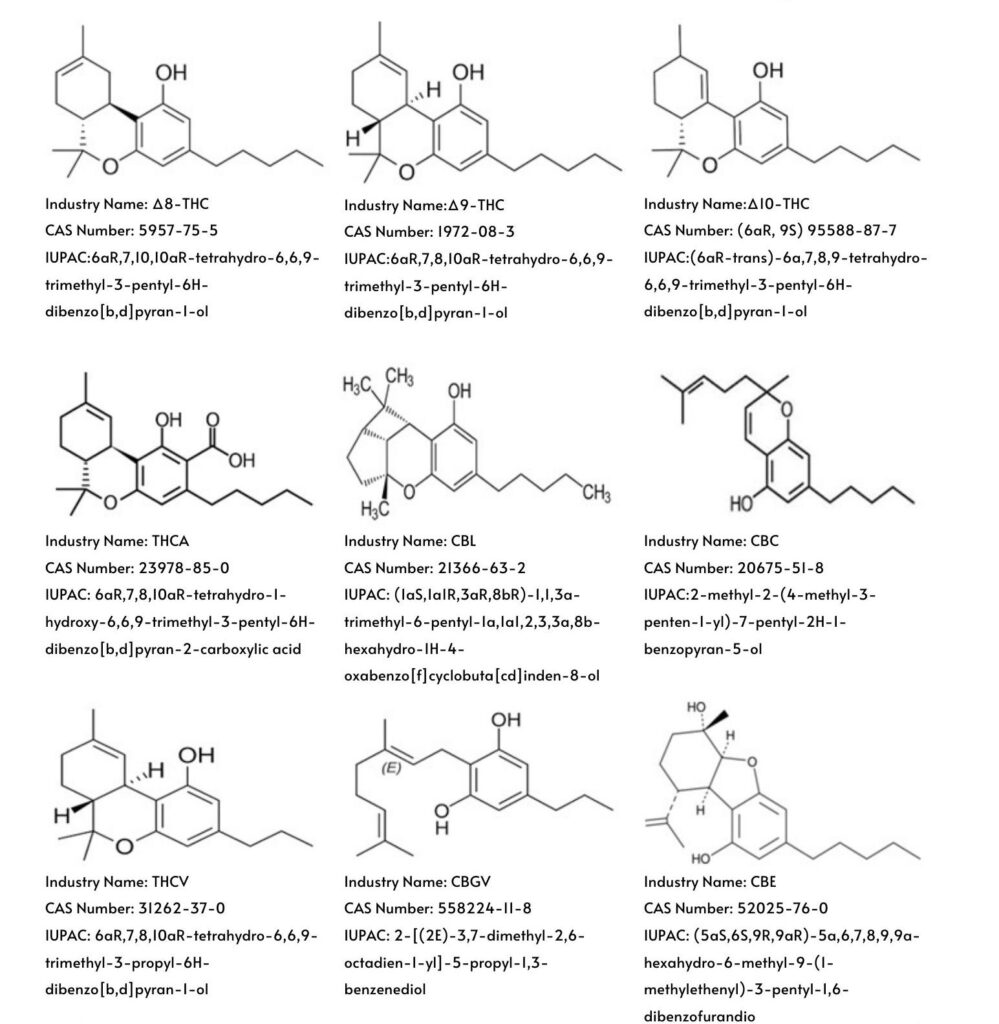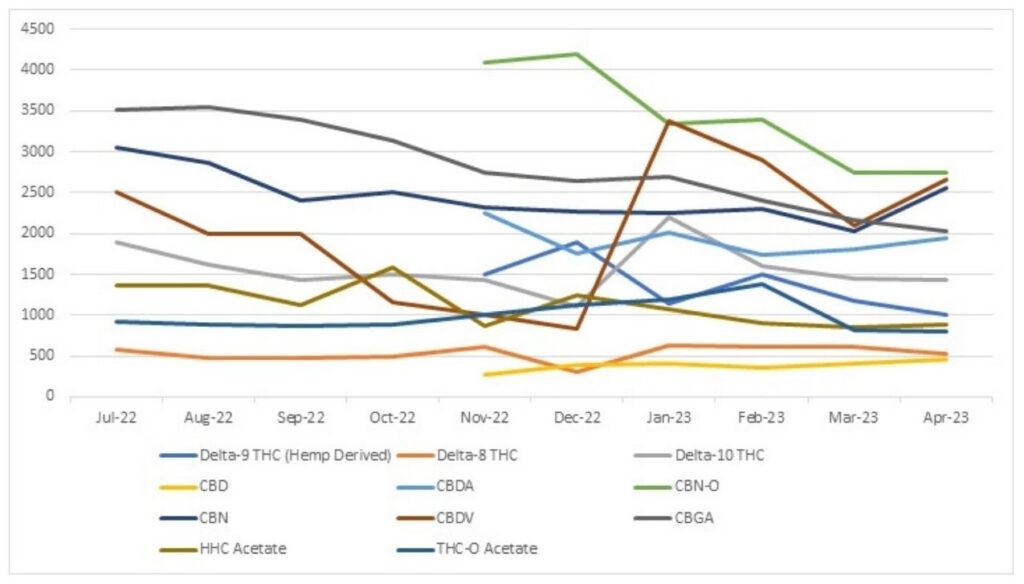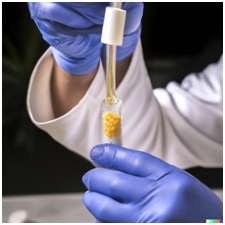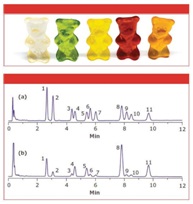I’m not here to scare you, but it’s time someone speaks about what can happen if we continue on this current path. In the cannabis industry, the rules feel as if they are constantly changing. While being in as many states as possible used to be the metric for success, the industry is now facing a new metric: survival. The cannabis industry faces challenges that could potentially result in the collapse of many businesses. These are established businesses and well-known operators. And no, it’s not just operators that were bad managers of capital or others that couldn’t build a sustainable business model. These are businesses that are sustainable and successful by usual evaluation standards but face a variable that is impossible to account for: a chain reaction of broken links.
If a chain breaks, it could have a trickle-down effect altering even the most established players who are not struggling. Luck is about to play a significant role in determining which companies will survive, and here’s why.
The cannabis industry is a complex web of interconnected players, from growers and manufacturers to distributors and retailers. The success of any one company depends on various factors, including product market fit, successful acquisition and delivery of products and services, and, most importantly, payment for their efforts.
When one link in the chain breaks down, it can significantly impact the rest of the industry. For example, suppose a major distributor goes bankrupt. In that case, it could cause a ripple effect throughout the industry, resulting in manufacturers and retailers being left without a reliable source of products or compensation for their efforts. This is just a simple example to demonstrate the wider impact of one company’s failure.
This is particularly concerning for many reasons. The most critical one is that this industry lacks access to capital. Access to capital is usually a safety net to handle turbulence, such as a vendor defaulting on payment. This is even more concerning for companies with viable business models and consistent revenue. These companies may have done everything right to build their business and generate profits, but if the industry chains break down, they could still be at risk of going under.
Still not convinced? Look at this headline.
According to MJBizDaily:
“Track-and-trace software provider Metrc is threatening to shut down the accounts of more than 100 Michigan cannabis companies over missed monthly payments, creating turmoil in the roughly $2 billion market.”
This is just the tip of the iceberg. Let’s break down this example further. (By the way, our episode with Michael Johnson, CEO of Metrc, is live, and it’s a great one, so go check it out. Now, back to our example.) Operators decide to not pay Metrc. Metrc shuts off access. Companies can’t sell products. Metrc can’t afford to operate its track-and-trace software. Other companies that are not involved in this immediate issue experience a trickle-down effect, being hurt or disrupted by these efforts. This is just one example of a massive problem that is brewing and will, unfortunately, erupt somewhere.
Silicon Valley Bank is a potential example. For those who are unfamiliar with this, it’s worth a quick Google search to understand the implications of how when one company makes a mistake or has an issue, several others in the chain are affected. Causalities are an unfortunate reality, and no, it’s not just related to the tech and start-up industry.
One of the biggest challenges facing the cannabis industry is financial. Due to the federal prohibition of cannabis, many banks are reluctant to work with cannabis companies. This makes it difficult for companies to secure loans and investments, resulting in high fees and limited access to financial services.
The industry, money-wise, is broken, with many companies struggling to generate consistent revenue and maintain profitability. This is partly due to the earliness of the market, the unique legal status of cannabis, and banking issues. The variability and fluctuations, as we have seen in the pricing of cannabis, lead to countless unknowns. Today, you can sell your product with a margin. Tomorrow, you may need to sell it at a loss. How do companies make sound financial decisions when the most critical aspects of their business are fluctuating and unknown?
In a highly competitive market, companies must make strategic choices about everything from product offerings to distribution channels to which vendors they have to pay first. These decisions, while self-serving, have an ongoing ripple effect on the chain. Smaller operators in the cannabis industry are particularly vulnerable to these challenges. They often need resources to make payroll, and without financial backing, it may make it difficult for them to survive any speed bumps.
The state of the cannabis industry is concerning, with many companies facing financial challenges and uncertainty. Even the most well-off companies are potentially at risk of a domino effect. Survival depends on preserving capital and overcoming the challenges the industry chains face.
The impact of industry chain failures can be felt at every level of the industry.
Growers who have invested heavily in their crops may not get paid for their crops.
Manufacturers who have built a successful brand could be left without payment for their products.
Retailers who have established a loyal customer base could be left with less product on their shelves.
The cannabis industry is unfair, and luck plays a significant role in determining which companies will survive. As the industry continues evolving, companies must remain agile and be prepared for potential industry chain failures. “Success” is now “survival.”
Editors’ Note: This is an excerpt from our Monthly Playbook. If you would like to read the full monthly playbook and join the thousands of others you can sign up below.


